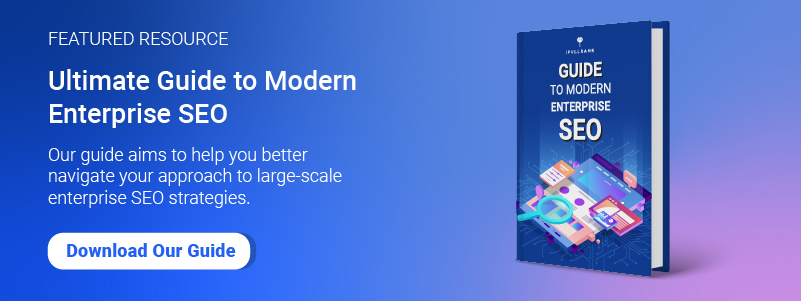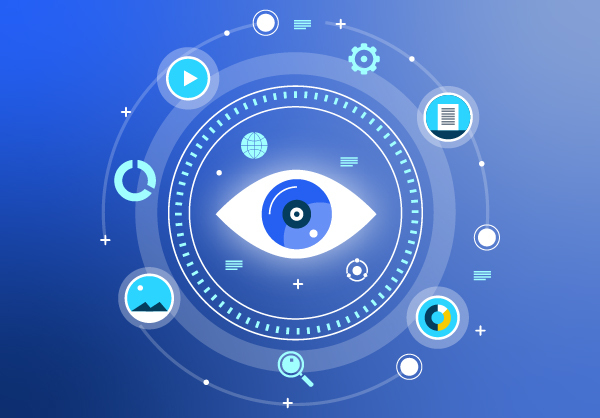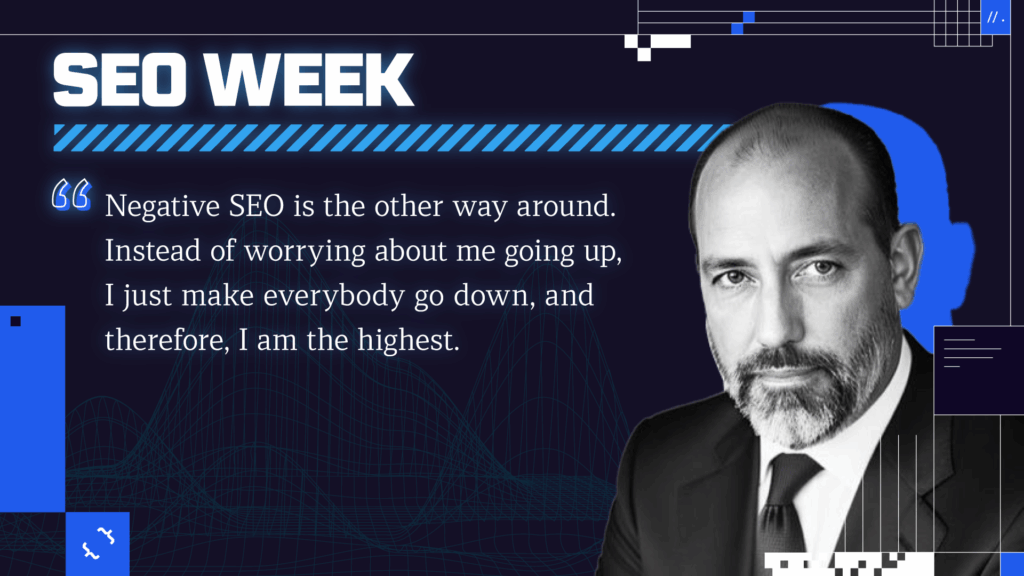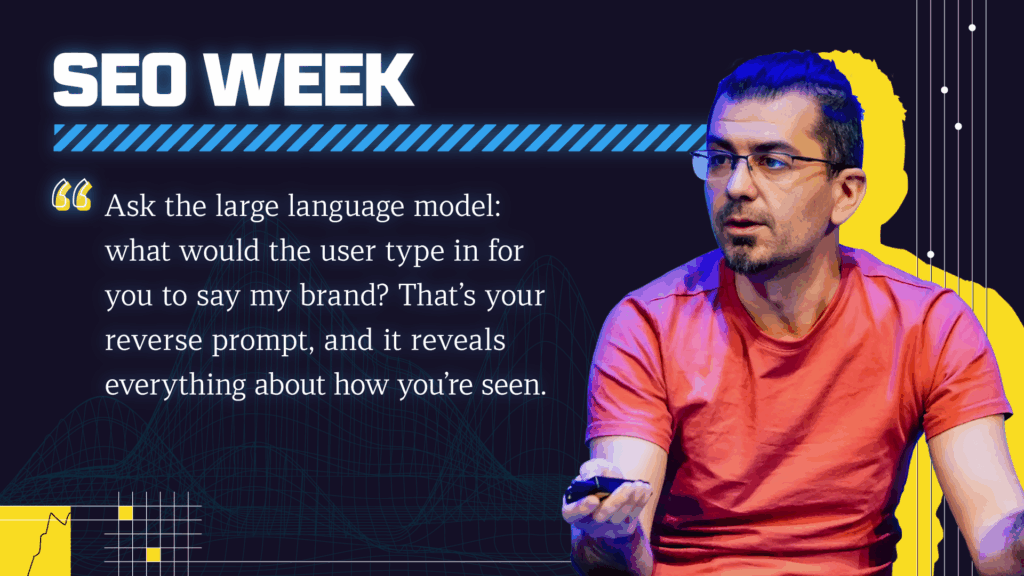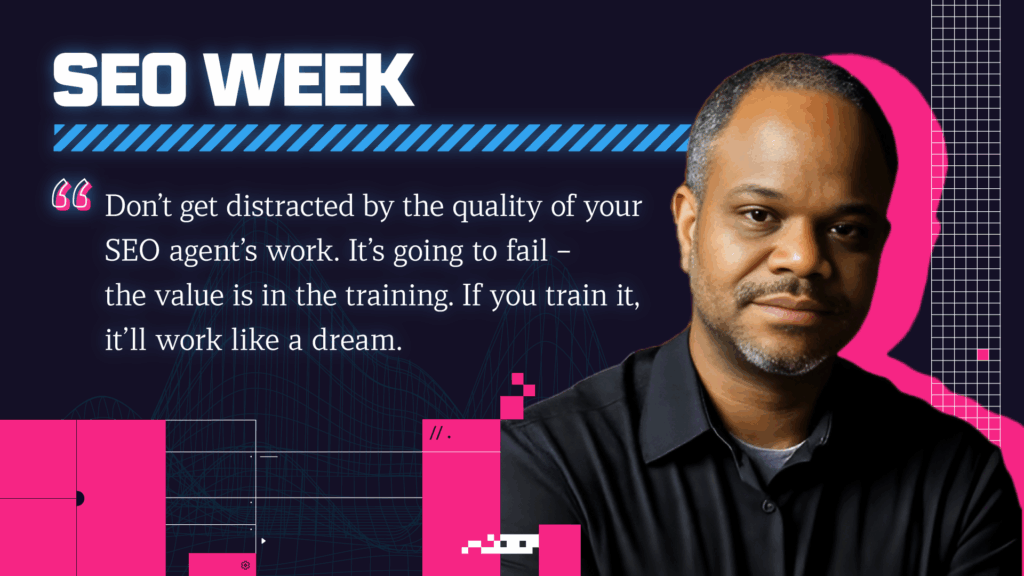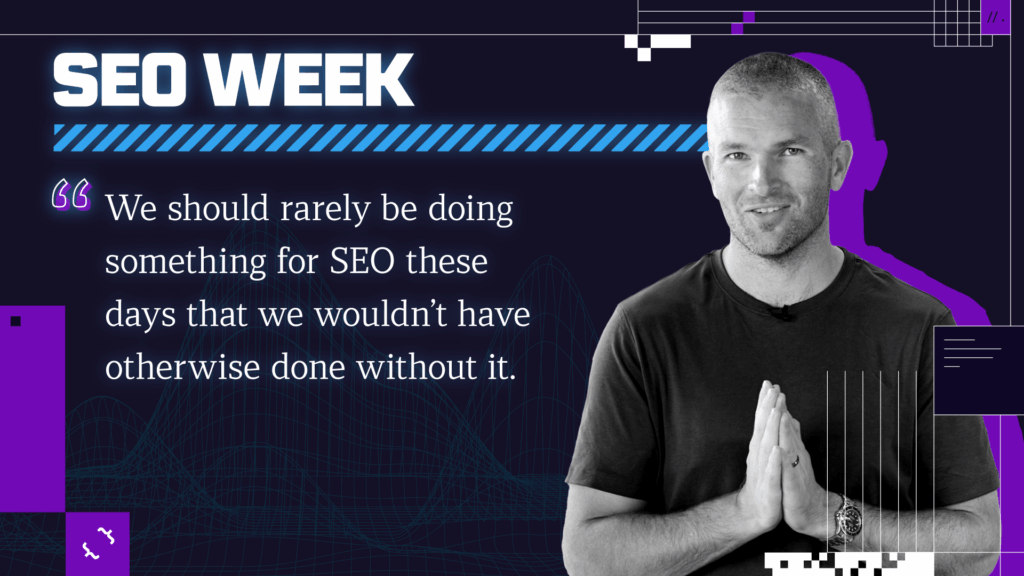What is Visual Content and how can it help?
Visual content is the graphic side of content. The images, photos, videos, Infographics, Gifographics, graphics, screenshots, memes, and illustrations that you find in Social Media platforms, blogs and websites. They often accompany written content and make the message easier to understand.
“A message is a construction of signs and through interaction with the viewer it produces meaning”
(Fiske, 1990)
There’s a popular internet myth that states that 65% of the population are considered visual learners. While this might not be entirely true, it is true that not everyone is willing to read a 10,000-word article on the benefits of eating more grapefruit. Chances are a lot more people would take the time to look at an infographic with the top 5 benefits of this subtropical citrus though.”
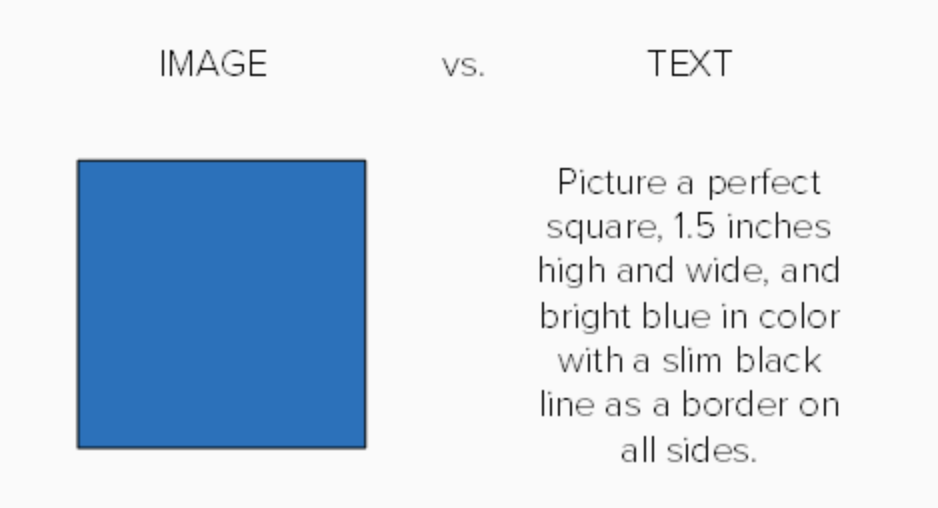
It’s not that Social Media ruined this generation and they’re suddenly reading less. Instagram, Facebook, and Tik Tok just accelerated digital changes that were already underway. And, let’s be honest, through the lens of Social Media visual Content Marketing just got more exciting.
“It only takes about 1/4 second for the human brain to process and attach meaning to a symbol. By comparison, it takes us an average of 6 seconds to read 20-25 words”
Thorpe, S., Fize, D. & Marlot, C. (1996)
This is not new, or it shouldn’t be.
“Inspired by Iceland”, a brand/campaign was launched after a volcanic eruption in the country. Suddenly, one of the most important sectors in Iceland’s industry was compromised. Instead of writing to international newspapers and magazines and talking about how great it feels to travel to a place with “Ice” in its name, they created an extremely visual campaign to promote Iceland abroad.

Inspired by Iceland was launched 10 years ago. It won Cannes and Effies, is now considered a great case study in digital content marketing, and, more importantly, added millions to the economy. And the reason behind it all is Visual Content Marketing (besides, of course, a massive adherence from the population).
What are the main benefits of using visual components in marketing campaigns?
Reason 1 – Visual Content is a Proof of Your Statement
I don’t hold a grudge against stock photos, I have used them, and they’re there. They’re great. But I do believe they do not represent your brand or our society for that matter (feel free to email/reach out to ask me about this but it’s a deeper conversation that I’ll not involve you in right now).
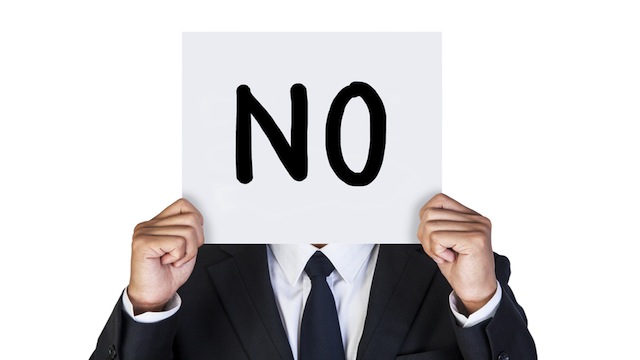
“We’re proud of our team and everyone that works with us”, followed by a stock photo. You don’t really need to read Saussure and Peirce to understand the message behind those signs. You see, Visual Content Marketing is not the image that accompanies a message. It is the message.
Reason 2 – Visual Content increases website traffic and backlinks
Ok, let me first start by being extremely honest here. Your website will not suddenly acquire backlinks and get traffic just because you have created extremely visual content. But the odds of having people share a piece of content that is not only informative but also extremely engaging is way higher. 25% higher, to be precise:
“Infographics appear to be ideal for link building. They receive an average of 25.8% more referring domain links than how-to posts and videos”
Brian Dean @Backlinko
iPullRank’s own Fajr Muhammad’s excellent How To Know If Your Content Is Useful post made me think a lot about the importance of purpose when it comes to content creation. And if every piece of content has its purpose, the visual side is there to strengthen the potential of the written one.
Reason 3 – Visual Content Marketing helps people understand your message
There are many reasons why content matters. Some content marketers will show you a list with three, or five reasons. Someone at Forbes decided that 10 was a solid number. It really depends on what you want to achieve. If you ask me personally, I’ll tell you it’s because you have a message, and you want someone else to hear and understand it.
This brings me to cooking websites. You might have noticed that websites with recipes are pretty unique. As a content strategist who enjoys cooking, I can say that Martha Stewart is my hero (Martha, if you’re reading this, please send me a shout-out!). It’s not that she writes about food, it’s that she also includes videos and visuals to make the person understand the steps needed.

You can write about food, you can write about how to trim a basil, but if you have pictures, a video, and an infographic on how long it will take for everything in my freezer to expire… well, you have amazing content and my full attention.
What are some types of Visual Content?
Images

A high-quality and relevant image will not rank on its own but great content that provides a great user experience and includes optimized images will likely rank better—and the images will then rank on Google Images. In the above search for “cool sneakers,” the first results (after the ads, because welcome to 2020) are informative and contain more than a single image.
GIFs

When you only have a couple of seconds to get someone’s attention, making your email or social media post pop goes a long way. There’s where gifs come in. But remember to understand the purpose of your moving picture, otherwise, you’ll only be sending an email that takes longer than usual to load.
Memes
This what happens when you tell your team you want to start repurposing your old content pic.twitter.com/UBrajUdoEa
— Mic King (@iPullRank) February 24, 2020
Memes are an easy way to create a connection between you and your audience. They are fun and meant to be shared (it’s an evolutionary thing). The only downsides? There’s a need for great timing — and you should better check for legal implications before using someone else’s creation.
Videos
There’s a misconception that video marketing is supposed to be an easily digestible form of communication. Yes, they can be. But that would never explain “Blocked Drain 464” (WARNING: Graphic Content!), a 34-minute long video where “a Man and his rat clear blocked drains together”. Truth is, don’t worry about how long or how polished your video is. If it is useful (or interesting), people will watch it.
Screenshots
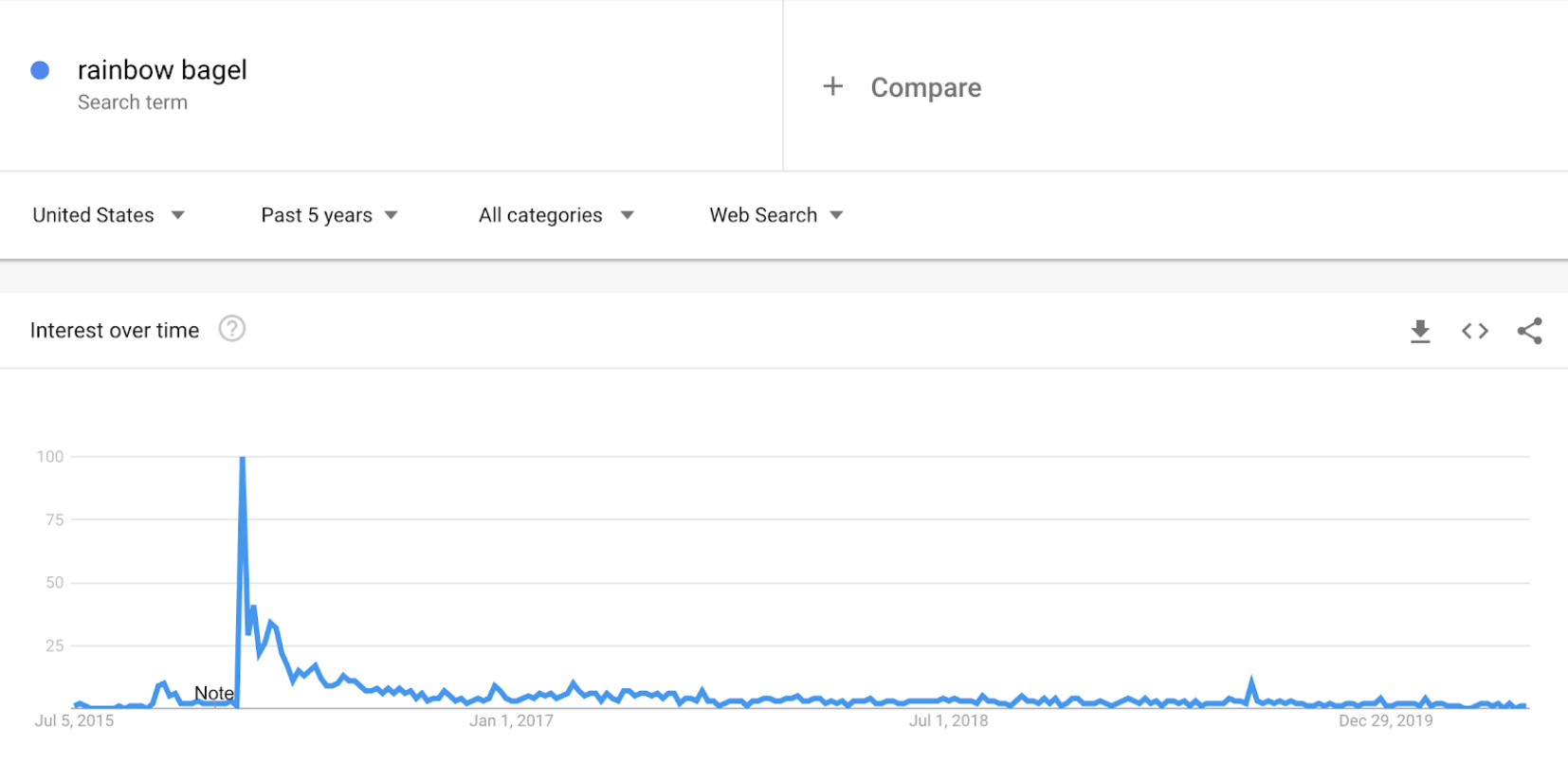
Whenever you need to show comparisons or graphic examples, screenshots work every time. iPullRank’s SEO Engineer Aleks Shklyar and I are both big fans of checking useful data like the one above (showing the rise and fall of the rainbow bagel), and in our weird game, screenshots are the way to go. Worth mentioning that, because they offer proof, screenshots are a great way to increment sales.
Photos
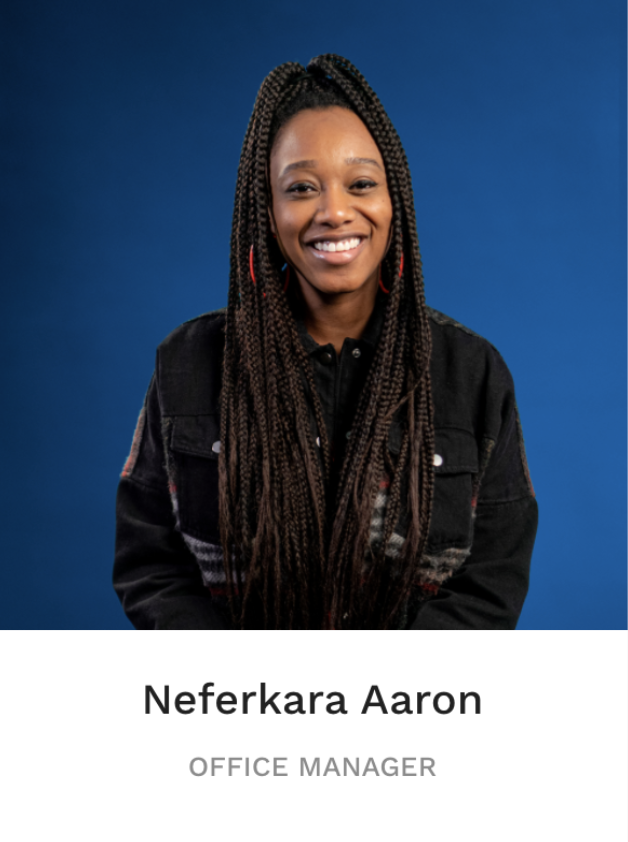
And, we’re back to reason #1 to integrate visual content into your marketing campaigns. No matter the product, you’re sure to need a photo to go with your content. From selling shoes on an e-commerce website to talking about your new office on LinkedIn, photos will be there. High-quality ones at that matter. That one photo above, for instance, is from our office manager (who happens to know A LOT about How To Properly Use Influencer Marketing).
Illustrations
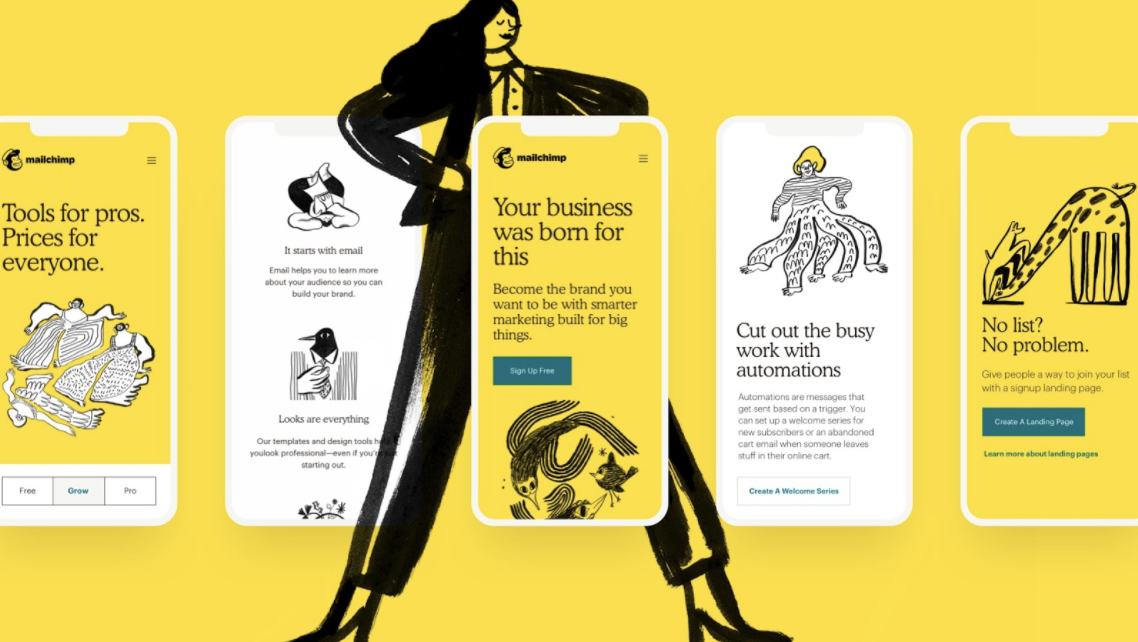
I’m not going to talk about the psychological effects of using illustrations or photos when talking about yourself and your business (but remember that people trust people). Illustrations are a great complement to your content marketing campaigns, and they don’t need to be the focal point of it. They can show as a detail that makes a blog post look way more elaborate.
Data-driven visuals

Statistical graphing, or data visualization, has come a long way. From line graphs and scatter plots to the use of programming languages (and the beautiful example of SandDance above), data-driven visuals are a great aid to storytelling.
Infographics
Infographics are one of the most versatile forms of visual content that can fit seamlessly into many different aspects of your overall marketing strategy. When they accompany a blog post, they can provide a compelling visual component. But they can also be a fantastic medium to share on social media and even gain backlinks when shared or used on other sites and blog posts.
Gifographics
By no means are infographics falling out of style, but with video becoming more and more attractive to users, gifographics are becoming more popular. Gifographics can provide the same information as a traditional infographic but in a slightly more engaging manner to showcase the same information.
Conclusion
At the end of the day, properly utilizing visual content will elevate your marketing campaign. Using only words is not the most effective way to engage your audience. You need visual content to better elicit the emotions that you’re going after in your campaign. By properly incorporating these elements into your marketing efforts, you’ll show your audience exactly why your brand matters.
At iPullRank, we are firm believers in creating aesthetically pleasing, informative content that your audience will love. If you want to learn more about what we do, check out our blog, or better yet, get in touch with us and see what we can do for you.
